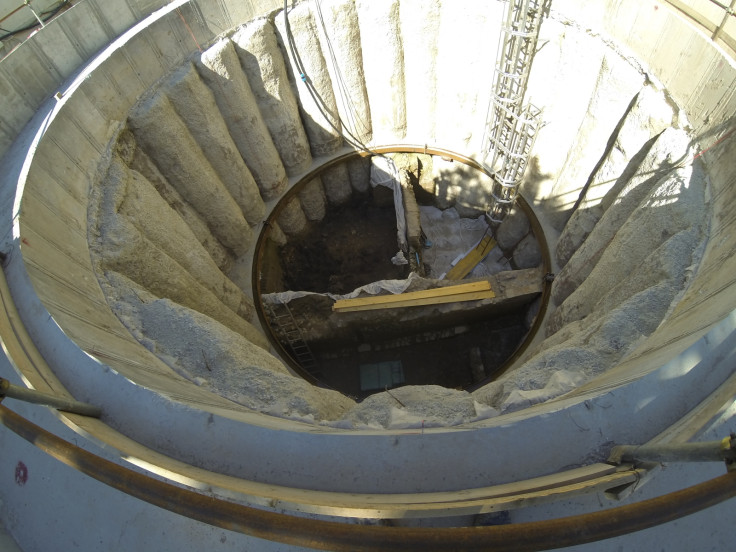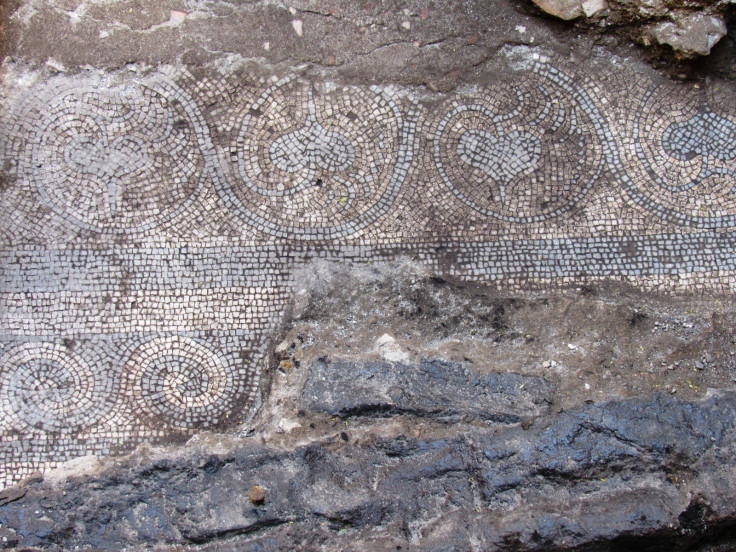1,800 year-old 'Mini Pompeii' unearthed during Rome metro line excavations
The remains of two buildings, including a solarium, and the bones of a dog were identified by archaeologists.
Excavation work conducted in Rome to extend a metro line has revealed a 'mini Pompeii' hiding in the city. The remains of two buildings, including a solarium, and the bones of a dog were identified by archaeologists.
The team had been reinforcing ancient monuments in the vicinity of the new metro line. As part of their mission, they descended down a hole 10 metres below ground to reinforce the famous Aurelian walls standing nearby.
This is where the archaeologists came across the structures, which bear striking resemblance to some of the buildings found at the archaeological site of Pompeii.

Indeed, these buildings have been preserved thanks to ancient fire which is thought to have raged at the site sometime during the 3<sup>rd century AD – in a very similar way to how the buildings in the city of Pompeii were preserved in ash after the infamous eruption of Mount Vesuvius in 79 AD.
Well-preserved sites like this one are rare, and thus very valuable to archaeologists trying to understand the ancient world. Such a find at the heart of Rome is all the more unique as the solarium is partly made of wood, a material which usually deteriorates quickly.

Fragments of colourful frescoes were also recovered at the site along with pieces of furniture, sculptures and black-and-white mosaic floor tiles, which may shed a light on the culture and lifestyle of the ancient owners of the buildings, and more generally provide clues about how the Romans lived.
The archaeologists also made a grim discovery as they identified the charred remains of a dog, which may have perished in the blaze. They do not yet know who owned the house but one hypothesis is that it formed part of a network of aristocratic houses that had been erected at the foot of the nearby Celian Hill.

© Copyright IBTimes 2025. All rights reserved.






















